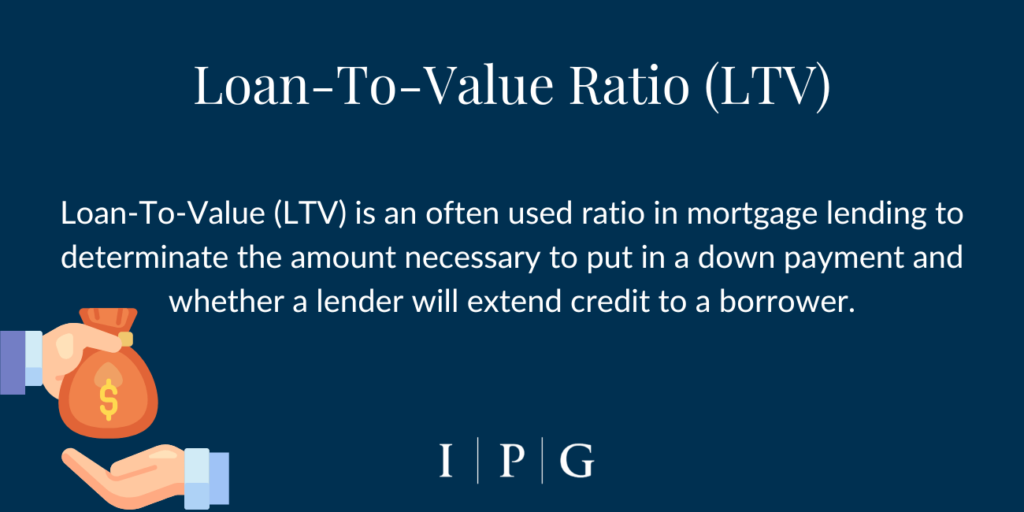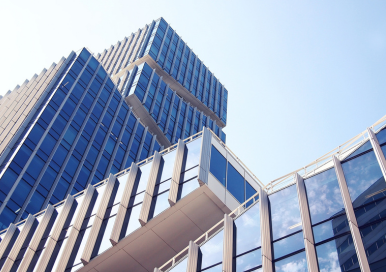The Gen Z Effect: Office Design Trends and Insights

In the ever-evolving landscape of the modern workplace, a new generation has emerged as a driving force behind significant office design and culture shifts. Generation Z, born between the mid-1990s and early 2010s, enters the workforce with a fresh perspective, distinct values, and unique expectations.
As this dynamic cohort takes their seats at the conference tables and collaborative spaces, their presence sparks a revolution in how offices are conceptualized, designed, and organized.
This blog delves into the intriguing world of office design, exploring how Generation Z’s influence reshapes the physical environment where work gets done. We will unravel the core characteristics that define Generation Z, examine the transformative evolution of office design, and dissect the pivotal trends that have emerged in response to their preferences.
By understanding the Gen Z effect comprehensively, we can better navigate the complex interplay between generational dynamics and workplace design, paving the way for a future-ready and Gen Z-friendly professional habitat.
Understanding Generation Z
Before we delve into the specific trends and insights, we must grasp the distinct attributes that set Generation Z apart. Raised in an era of rapid technological advancement, economic uncertainty, and unparalleled connectivity, Gen Zers exhibit values and behaviors that differentiate them from their predecessors.
Their digital nativism, desire for purposeful work, and emphasis on work-life balance all significantly shape their expectations for the physical spaces where they conduct their professional activities.
The Evolution of Office Design
To fully appreciate the impact of Generation Z on office design, it’s essential to recognize the transformation that workplace environments have undergone over the years. From the traditional cubicles of the past to the contemporary open-plan layouts, the design philosophy of office spaces has continuously evolved in response to changing work dynamics, technological advancements, and employee preferences.
Gen Z’s entry into the workforce adds a new layer of complexity to this evolution, prompting a reevaluation of established norms and prompting innovative design solutions that cater to their needs.
Key Office Design Trends Influenced by Gen Z
Flexibility and Versatility
One of the hallmark traits of Generation Z is their inherent adaptability. This characteristic is mirrored in their preferences for flexible and versatile office spaces. Gen Z values seamlessly transitioning between individual-focused work and collaborative endeavors. As a result, contemporary office design trends emphasize the incorporation of modular furniture, movable partitions, and multifunctional layouts that can be easily reconfigured to accommodate different work styles and activities.
Technology Integration
Generation Z’s upbringing in the digital age has fostered an unprecedented reliance on technology. Thus, modern office design is increasingly centered around seamlessly integrating tech tools and connectivity. Intelligent devices, interactive displays, and intuitive software solutions are becoming integral components of workspaces, empowering employees to engage, collaborate, and innovate in ways that align with their digitally native instincts.
Sustainability and Wellness
Environmental consciousness and employee well-being are paramount concerns for Generation Z. This has led to a surge in sustainable office design practices prioritizing energy efficiency, waste reduction, and eco-friendly materials. Moreover, integrating wellness-focused design elements, such as biophilic features, ergonomic furniture, and spaces dedicated to relaxation and mental rejuvenation, reflects the growing recognition of the vital link between the physical workspace and overall employee health.
Creating a Gen Z-Friendly Workspace
Open and Collaborative Layouts
Generation Z’s preference for collaboration and interaction calls for office spaces facilitating accessible communication and idea exchange. Open floor plans, communal workstations, and shared spaces encourage cross-functional engagement and teamwork. By breaking down physical barriers and promoting community, these layouts align with Gen Z’s social nature and help cultivate a dynamic and inclusive work atmosphere.
Personalized Workstations
While collaborative spaces are essential, Generation Z also values individuality and self-expression. Offering personalized workstations that allow employees to customize their surroundings can foster a sense of ownership and comfort. Balancing identity with a cohesive office aesthetic can be achieved through thoughtful design elements that accommodate personal touches while maintaining a harmonious overall look.
Multi-Functional Spaces
Gen Z’s diverse interests and preferences have created a demand for versatile work environments. Designing multi-functional spaces that serve various purposes – from focused workstations to casual meeting areas and relaxation zones – addresses the need for flexibility in a rapidly changing work landscape. These adaptable spaces empower employees to seamlessly transition between different tasks and modes of work throughout the day.
As we navigate the intricate interplay between Generation Z’s expectations and office design, it’s evident that a nuanced approach is essential to creating a workspace that resonates with this dynamic generation.
Overcoming Challenges and Considerations
Balancing Privacy and Connectivity
As Generation Z champions collaboration, balancing open, communal spaces and the need for privacy and focused work is crucial. Finding innovative solutions that offer quiet zones, huddle rooms, or acoustic elements can mitigate potential issues of noise and distractions, ensuring that employees can work effectively while benefiting from the collaborative atmosphere.
Future-Proofing Design
With the ever-evolving nature of technology and work dynamics, designing an office space that remains relevant and adaptable over time is paramount. Employing flexible furniture, modular layouts, and scalable tech infrastructure allows for easy adjustments as the workforce’s needs evolve. Anticipating and accommodating future changes ensures that the office remains a dynamic and productive environment for current and upcoming generations.
Conclusion
In the rapidly evolving landscape of the modern workplace, the influence of Generation Z on office design trends is undeniable. As explored in this blog, understanding and adapting to this generation’s distinct characteristics and expectations is critical to creating workspaces that drive productivity, engagement, and job satisfaction.
By embracing the trends outlined here – from flexible layouts to technology integration, sustainability, and wellness-focused design – organizations can forge a path toward a future-ready office environment that resonates with Generation Z and lays the foundation for a thriving and inclusive workspace for generations to come.
Are you looking to create an office space that meets the unique needs of Generation Z while fostering a collaborative and innovative culture? Our team of experts is here to help! Reach out to us today to discuss how we can design a workspace that caters to the preferences of Generation Z and empowers your team to excel in the modern work landscape.




